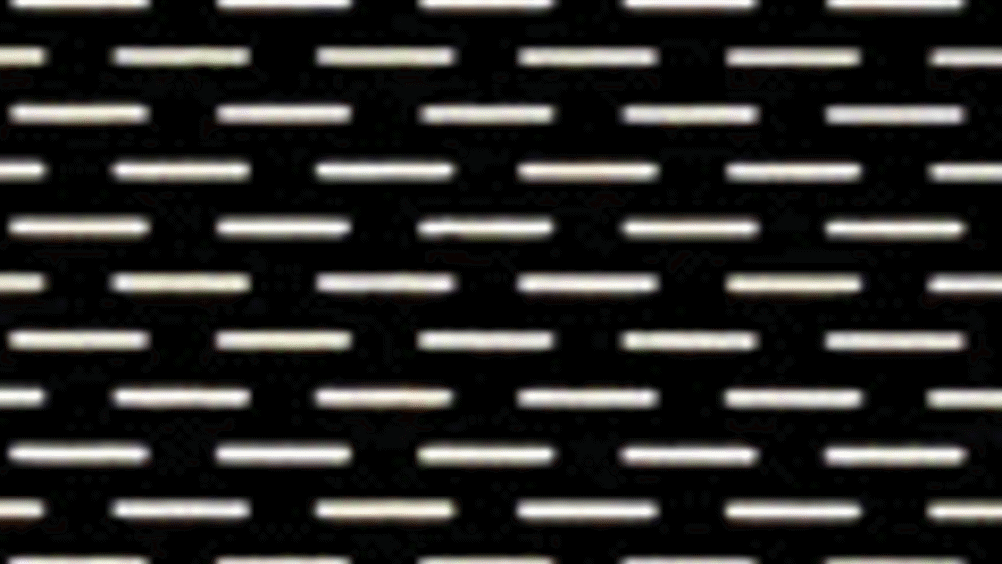Great shapes
A new technique could enable manufacturers to produce microstructured polymer surfaces at lower cost and with more flexibility. Siobhan Wagner reports

A microstructure manufacturing technique being developed by university researchers could create plastic devices for micro-fluidic systems such as mixers, separators, valves and pumps.
The technology from
, Edinburgh, uses a micro-structured conductive metal stamper called a micro-stencil and electrostatic forces to shape a polymer surface.
The principle behind the process is similar to electrostatic printing or copying, in which electrostatic forces are used to form an image in powder or ink directly on the surface to be printed.
Like electrostatic printing, Heriot-Watt's high-resolution technology is non-contact. But instead of creating printed documents, it can be used to create both flat and 3D surfaces, including internal and external radiuses.
'The set-up really is simple,' said Weixing Yu, a Heriot-Watt research associate working on the development. 'The process begins by spin coating a polymer on to a conductive surface. You then need a high-voltage power supply to apply the voltage onto the micro-stencil and the polymer coated surface.'
Register now to continue reading
Thanks for visiting The Engineer. You’ve now reached your monthly limit of news stories. Register for free to unlock unlimited access to all of our news coverage, as well as premium content including opinion, in-depth features and special reports.
Benefits of registering
-
In-depth insights and coverage of key emerging trends
-
Unrestricted access to special reports throughout the year
-
Daily technology news delivered straight to your inbox










UK Enters ‘Golden Age of Nuclear’
Apologies if this is a duplicate post - a glitch appears to have removed the first one: > While I welcome the announcement of this project, I note...